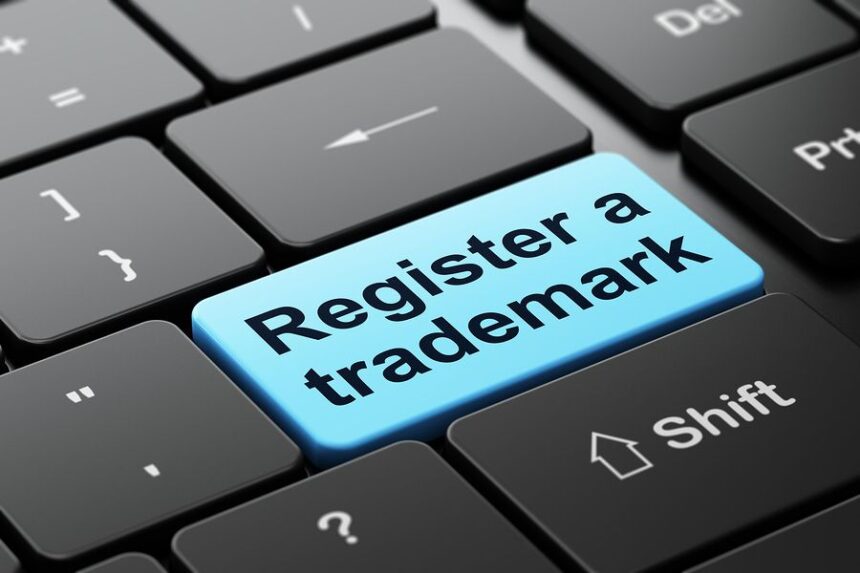Welcome to our friendly guide on the steps for international trademark registration! In today’s global marketplace, protecting your brand identity is crucial. By registering your trademark internationally, you gain the benefits of global protection and safeguard your business from potential risks and consequences. In this blog post, we will walk you through the process of international trademark registration, providing you with valuable insights, tips, and resources to ensure a smooth and successful journey.
Section 1: Understanding International Trademarks
1.1 What is an international trademark?
Before diving into the registration process, it is essential to understand the concept of an international trademark. An international trademark refers to the protection of your brand identity, including logos, company names, or slogans, on a global scale. It allows you to establish exclusive rights over your mark and prevents others from using or imitating it.
1.2 Importance of international trademark registration
International trademark registration is of utmost importance for several reasons. Firstly, it provides legal protection for your brand in multiple countries, allowing you to expand your business globally without the potential risk of infringement. Secondly, it establishes a strong foundation for your brand’s reputation, ensuring that consumers can easily identify and associate your mark with quality products or services. Lastly, international registration enables you to take legal action against unauthorized use or infringement, safeguarding your brand’s value and integrity.
Section 2: Preparing for International Trademark Registration
2.1 Research and select target countries
The first step in preparing for international trademark registration is to research and select your target countries. Identifying potential markets and jurisdictions where you plan to operate is crucial. Consider factors such as your target customer base, business expansion plans, and the level of intellectual property protection offered in various countries. Conduct thorough market research to determine the potential countries for registration that align with your business goals.
2.2 Evaluate existing trademarks and conflicts
To ensure the uniqueness of your trademark, it is vital to conduct a comprehensive search for existing trademarks. This step helps you avoid potential conflicts with registered marks that are similar to yours. Engage with a professional trademark search service or consult an experienced trademark attorney to conduct a thorough search across multiple databases, including national and international trademark registers.
2.3 Determine trademark classification (Nice Classification)
The Nice Classification system plays a significant role in international trademark registration. It categorizes goods and services into various classes, making it easier to protect your mark effectively. Determine the appropriate classes for your goods or services by referring to the Nice Classification system. This step ensures that your mark is adequately protected within the relevant classes.
Section 3: The Process of International Trademark Registration
3.1 Filing through Madrid System (WIPO)
The Madrid System, administered by the World Intellectual Property Organization (WIPO), is a popular route for international trademark registration. It offers a cost-effective and streamlined process for filing trademark applications in multiple countries simultaneously. By filing a single international application through the Madrid System, you can manage your trademark portfolio centrally and enjoy simplified procedures for subsequent designations.
3.2 Consult with a trademark attorney or agent
Navigating the complexities of international trademark registration can be challenging, especially when dealing with different legal systems and requirements. It is highly recommended to consult with a reputable trademark attorney or agent with expertise in international trademarks. They can guide you through the entire registration process, ensuring compliance with local regulations and maximizing the chances of successful registration.
3.3 Prepare required documents and file application(s)
To initiate the international trademark registration process, you need to prepare the necessary documents and file the application(s). Here is a comprehensive guide on completing the application form:
i) Application form completion guide:
a) General applicant information: Provide accurate details about your company, including the name, address, and contact information.
b) Comprehensive list of goods/services: Clearly specify the goods or services associated with your mark, ensuring accuracy and adherence to the Nice Classification system.
c) Specimen of the trademark: Submit a specimen of your trademark, which can be a logo, wordmark, or any other representation of your mark.
ii) Additional documents and requirements:
a) Power of attorney (if applicable): In some jurisdictions, a power of attorney may be required, especially when appointing a trademark attorney or agent to represent you during the registration process.
b) Priority claim documents (if applicable): If you have previously filed a trademark application in another country, you may be eligible to claim priority based on that application. Prepare the necessary documents to support your priority claim.
Section 4: Post-Registration Considerations
4.1 Monitor and enforce your trademark rights
Registering your trademark is just the beginning; actively monitoring and enforcing your rights is equally important. Regularly monitor for unauthorized use or infringement of your mark, both online and offline. Implement a comprehensive trademark watch service or utilize online tools to stay updated on any potential infringements. In case of infringement, consult with your trademark attorney to take appropriate legal actions to protect your brand’s rights.
4.2 Renewal and maintenance of international trademarks
To maintain the protection of your international trademarks, you must adhere to renewal requirements within each jurisdiction. Trademark registration periods vary across countries, and it is crucial to be aware of the renewal deadlines to ensure continuous protection. Stay informed about any specific renewal requirements, such as submitting additional documents or paying renewal fees, to avoid any potential lapses in protection.
Conclusion:
In conclusion, international trademark registration is a vital step in protecting your brand identity and ensuring global market presence. By understanding and following the steps outlined in this friendly guide, you can navigate the registration process with ease and confidence. Remember to conduct thorough research, consult with professionals, and file your applications accurately and promptly. Take action today to protect your brand globally and enjoy the numerous benefits of international trademark registration.




